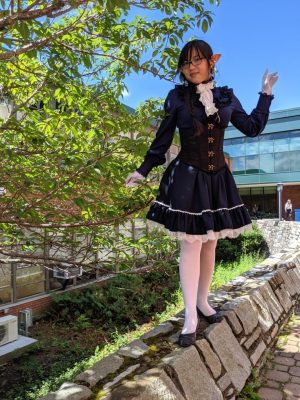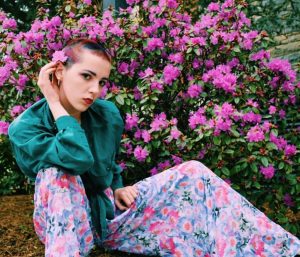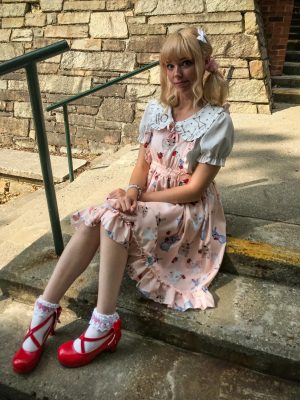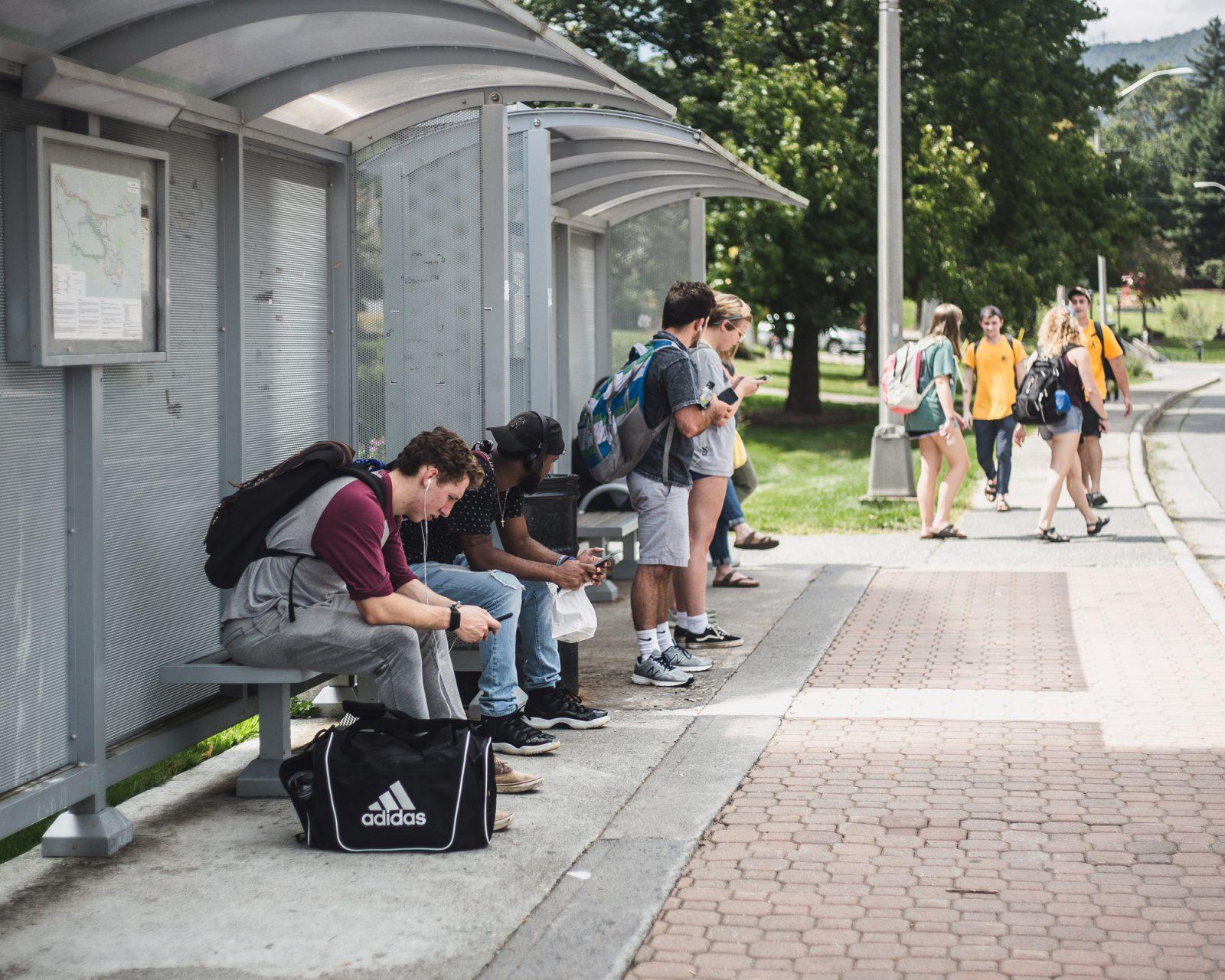Mary Ray: Handmade Fashion
November 8, 2019
Though professor Mary Ray originally went to school for speech therapy, she discovered her true passion for apparel design when she began working at a small fabric store in the 1970s.
“It was just like heaven for me. I didn’t realize how much I enjoyed being in that atmosphere. I ended up working there for about 12 years,” said Ray, apparel design and merchandising professor.
She said her love for sewing continued when she started a custom bridal business and later became an editor for Threads, a sewing magazine. After moving to Boone in 2009, she became an apparel design instructor at App State.
Ray said in the fashion industry, the majority of pre-consumer waste comes from garment scraps after sewing. She teaches sustainable fashion design and includes zero waste projects, where students create a pattern and garment without any leftover scrap, and use the mending initiative.
The mending initiative is a class where apparel students can teach people how to fix clothes.
“I like to keep up with what the classes are doing, even if I don’t work with them. If I assign a zero-waste project, I want to explore that myself,” Ray said. “If you can fix your clothes, you keep them out of the landfill.”
Even though it is a lot of time and work, Ray said she enjoys handmade patchwork, such as couture, for its meditative aspects.
“I would hate to see couture go away because there is just something wonderful about the idea that couture clothes are still made by hand. I mean, literally, by hand. There are people that are putting in a lot of time and a lot of effort to make those garments,” Ray said.
Ray said she tends to wear fitted and neutral-colored clothing, but she still admires interesting designs like couture and fashion designer Issey Miyake, who designs oversized clothes. She said she sees the importance of including her style in her fashion and design.
“When I was doing a lot of my own sewing and designing, people would say, ‘Oh, that looks like you made it,’ and at first I was like, ‘Oh, I’m just so predictable,’ but I realized that it’s so important to have that signature. Someone can see it and know it’s yours,” Ray said.












